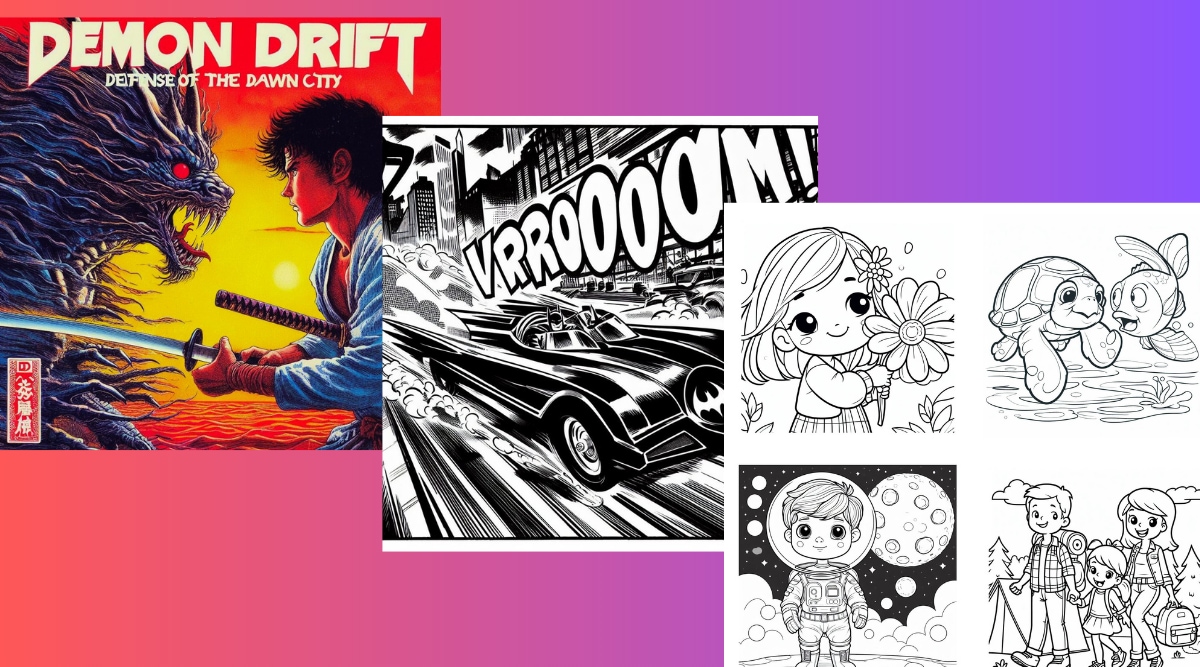Artificial intelligence (AI) image generation tools, such as Midjourney and DALL·E 2, have gained popularity for their ability to create photorealistic images, artwork, and sketches with just a few text prompts. Other image generators like DreamStudio, Dream by WOMBO, and Canva offer unique features and styles for generating a wide range of images. However, copyright issues surrounding AI-generated images have led to ongoing lawsuits.
OpenAI released DALL-E 3, a more advanced image generator, and incorporated it into its popular chatbot ChatGPT, allowing the chatbot to produce shockingly detailed images.
Microsoft has introduced new features to its AI chatbot, Bing Chat, including more personalized answers, an improved shopping experience, and an Image Creator powered by OpenAI's DALL-E 3.
Getty Images has launched a generative AI art tool that uses an AI model provided by Nvidia to render images from text descriptions, claiming to be "commercially safer" than rival solutions, with safeguards in place to prevent misuse and copyright infringement.
Microsoft's Bing Image Creator, an AI-based tool, is being used by users to generate images of popular characters like Kirby flying planes into skyscrapers, raising concerns about the limitations of AI moderation.
Microsoft has integrated OpenAI's DALL-E 3 model into its Bing Image Creator and Chat services, adding an invisible watermark to AI-generated images, as experts warn of the risks of generative AI tools being used for disinformation; however, some researchers question the effectiveness of watermarking in combating deepfakes and misinformation.
After users exploited a loophole in Microsoft's Bing's DALL-E 3 integration to generate controversial art featuring animated characters and the Twin Towers, Microsoft has blocked certain prompts related to the Twin Towers but can still generate similar images with altered wording.
The latest upgrade to Microsoft's Bing Image Creator, incorporating OpenAI's DALL-E 3, has sparked concerns about the potential misuse and implications of AI-generated images, including political ads, nonconsensual imagery, and creative industries.
Microsoft has introduced a new feature called Cocreator in the Windows 11 Paint app, which allows users to generate AI images using OpenAI's DALL-E model. To access this feature, users must join the waitlist and update their Paint app to the latest version.
Google has announced the launch of its Search Generative Experience (SGE), allowing users to create images and written drafts from text prompts, similar to Microsoft's OpenAI-based Bing Chat feature. The tool is powered by Google's Imagen family of AI models and includes features to refine queries and generate AI-generated images from Google Images. The company emphasizes responsible deployment and restricts certain types of images, while also enabling export of drafts to Google Docs or Gmail.
OpenAI is developing a tool to accurately detect images created by its AI service Dall-E 3, which is currently being tested internally before a public release.
OpenAI has released live web browsing as a standard option for users, providing the ability to access up-to-date information, while the new version of DALL-E, an image generation tool, is now available within ChatGPT, offering improved rendering and the ability to refine results.
OpenAI is expanding access to its latest text-to-image generator, DALL-E 3, to ChatGPT Plus and Enterprise customers, with safety measures in place to mitigate the creation of harmful or controversial imagery.
OpenAI has released its Dall-E 3 technology, which combines generative AI with text prompts to create detailed and improved images, incorporating enhancements from its ChatGPT technology.
OpenAI has released Dall-E 3, an artificial intelligence model that generates detailed images based on text prompts, offering improved image quality and understanding of natural language, making it easier for users to create desired outputs.
OpenAI's latest AI image generator model, DALL-E 3, is now available to paying customers of ChatGPT Enterprise and Plus, allowing users to create unique images by instructing the chatbot and offering revisions in the chat, while OpenAI emphasizes responsible development and deployment and addresses concerns such as safety, graphic content generation, and demographic representation.
